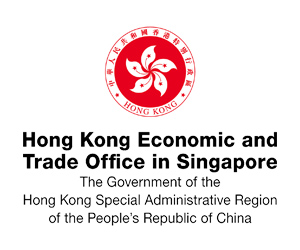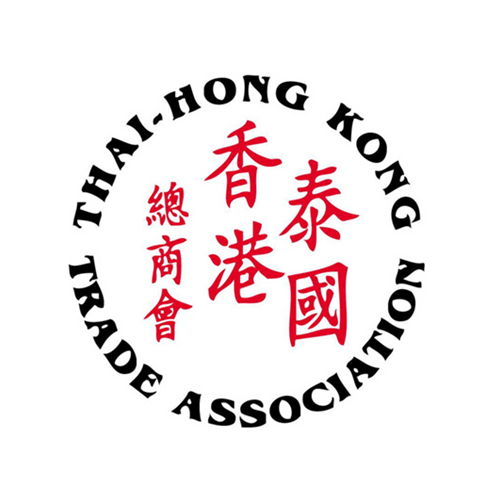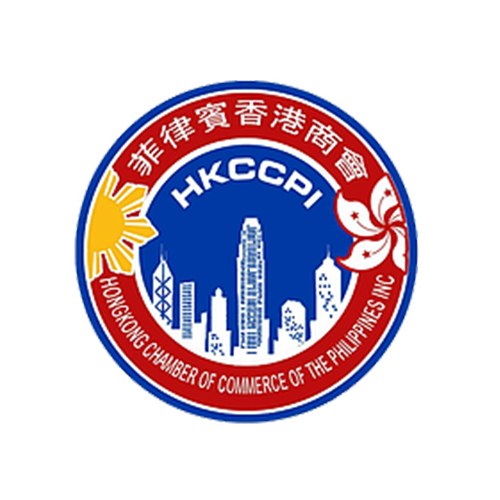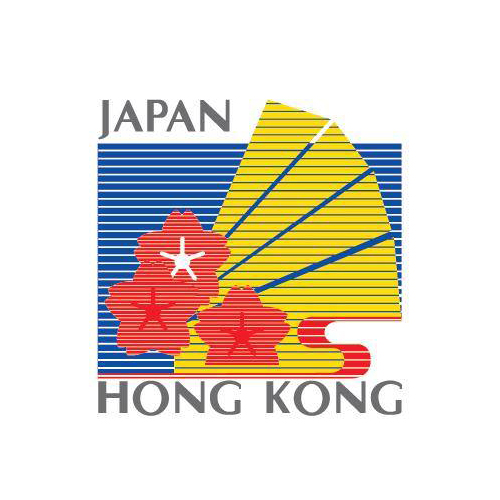Want to be in the loop?
subscribe to
our notification
Business News
VIETNAM’S H1 ECONOMIC GROWTH QUITE IMPRESSIVE: ADB COUNTRY DIRECTOR
Country Director of the Asian Development Bank (ADB) for Vietnam Shantanu Chakraborty has expressed his impression of the Southeast Asian nation’s economic growth of 6.4 per cent in the first half of this year.
The growth was mainly driven by strong trade recovery, where export grew by 14.5 per cent and import by 17 per cent over last year, he told the Vietnam News Agency. However, he said, the domestic segment remained sluggish.
According to Chakraborty, apart from trade, rosy signs were also seen in production and foreign direct investment (FDI), with the Purchasing Managers' Index (PMI) in June standing at 54.7, providing an optimistic outlook on the manufacturing activity in the country.
Meanwhile, the bank’s report also shows increases in both registered capital and disbursement in the first six months.
Nguyen Ba Hung, ADB Chief Economist in Vietnam, said despite greater challenges predicted for the remaining months, the bank still maintains its optimistic view of 6 per cent for 2024, and 6.2 per cent for 2025.
Chakraborty held that this is “healthy growth” given the geopolitics and even internal and external challenges.
Vietnam can maintain its growth momentum in 2024 through sustained trade recovery in export-led manufacturing and positive inflows of FDI and remittances, while making more efforts for growth restoration in services, stable agriculture production, and domestic consumption recovery.
He said the country’s inflation is also expected to remain benign at 4.0 per cent in both 2024 and 2025, despite persistent pressure from geopolitical tensions and disruptions in global supply chains, lauding the State Bank of Vietnam (SBV) for its efforts in monetary policy management.
“We think the SBV did a very good job in terms of maintaining its monetary policy during a challenging time, maintaining a prudent monetary policy, balancing the need for growth, with the need to continue inflation. That's why we saw subdued inflation last year and yet a 5.05 per cent growth in GDP, which was one of the highest in the region,” he said.
Chakraborty noted that the window room to really play around with the monetary policy has now shrunk quite a bit, prompting the need to shift towards the fiscal policy to boost investment and public demand, with the two arms “fully synchronised”.
Regarding trade policies, Hung said one of the factors helping Vietnam attract foreign investors lies with free trade agreements that allow businesses based in the country to access more markets worldwide, thus serving investment and export models.
He suggested domestic firms enhance its engagement in supply chains of their FDI counterparts, which still remains poor, in order to better tap capital flows and serve development needs.
Chakraborty also warned that though the Vietnamese economy is expected to post a solid growth this year, there are several external risks that could slow down the momentum, including softened global demand caused by slow economic recovery among its trade partners and continued geopolitical tensions, both of which would hinder the recovery of Vietnam’s export-led growth, and the lower pace of the normalisation of interest rates in the US and other advanced economies, which would continue to put pressure on the exchange rate.
“Growth in 2024 also depends on effective implementation of the Government’s fiscal measures and public investment,” he said, stressing that policy measures would need to combine short-term growth support measures to strengthen domestic demand with long-term structural remedies to promote sustainable development.
Vietnam should strengthen its public investment to boost demand and employment, and other industries like construction, logistics, and transportation.
“That is the way to really come out without excessive dependence on monetary policy,” he explained.
Besides, reforms will help Vietnam maintain its competitive edge in the context that many countries in the region are coming up with world-class infrastructure and various incentives to attract especially high tech industries like AI and semiconductors, he said.
Source: VIR
Related News
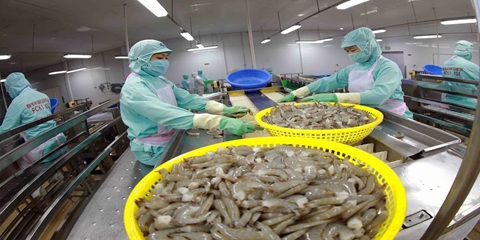
VIETNAM’S SEAFOOD EXPORTS HIT OVER US$10 BILLION IN JAN-NOV
Seafood export revenue in November alone amounted to nearly US$990 million, up 6.6% year-on-year. Key product groups posted solid gains. Shrimp exports rose 11.7% to over US$385 million, supported by strong demand for whiteleg shrimp and lobster. Tra fish shipments increased 9.7% to almost US$197 million, while marine fish, squid, and mollusk exports maintained their recovery.
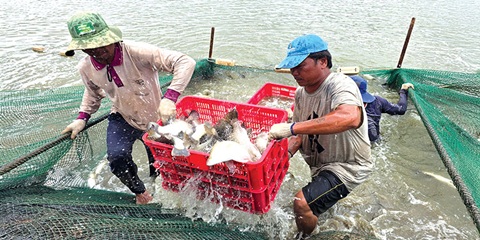
VIETNAM’S AGRO-FORESTRY-FISHERY EXPORTS HIT NEW RECORD IN JAN-NOV
Vietnam’s agro-forestry-fishery export revenue reached an estimated US$64.01 billion in the first 11 months of 2025, up 12.6% year-on-year and surpassing the full-year record of US$62.4 billion set in 2024. Agricultural exports reached US$34.24 billion, up 15% year-on-year, while livestock products brought in US$567.4 million, a 16.8% increase. Seafood exports rose 13.2% to US$10.38 billion, and forestry products earned US$16.61 billion, up 5.9%.

HANOI REPORTS RECORD-HIGH BUDGET REVENUE IN 2025
Hanoi’s budget revenue is estimated to reach VND641.7 trillion in 2025, the highest level ever recorded and nearly 25% above the revised target, according to a report by the municipal government. Data from the city’s socioeconomic performance review shows that total state budget collections in 2025 are projected to reach 124.9% of the adjusted plan and rise 24.9% from 2024, the Vietnam News Agency reported.
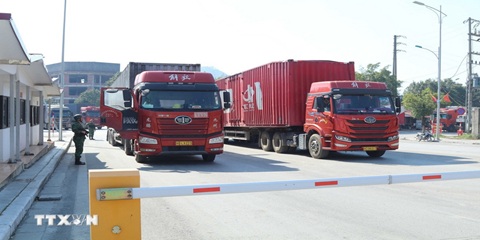
VIETNAM, CHINA TO PILOT TWO-WAY CARGO TRANSPORT AT LANG SON BORDER
Vietnam and China will launch a one-year pilot program on December 10 to allow two-way cargo transport through the Huu Nghi–Youyi Guan international border gates in Lang Son Province, reported the Vietnam News Agency. The Dong Dang-Lang Son Economic Zone Management Board said the trial aims to reduce transport costs and improve customs clearance capacity.
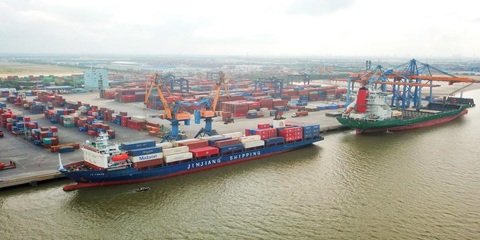
VIETNAM’S IMPORT-EXPORT VALUE NEARS US$840 BILLION IN JAN-NOV
The total value of Vietnam’s imports and exports was nearly US$840 billion between January and November this year, the highest level ever recorded, according to the National Statistics Office. In its latest report on the country’s socio-economic performance, the National Statistics Office highlighted a series of positive economic indicators, with trade emerging as one of the strongest drivers of growth.

OVER 19 MILLION INTERNATIONAL VISITORS COME TO VIETNAM IN JAN-NOV
Vietnam received more than 19.1 million international visitors in the first 11 months of 2025, a 20.9% increase year-on-year and the highest level ever recorded, according to the National Statistics Office. The figure surpasses the full-year record of 18 million arrivals set in 2019, before the Covid-19 pandemic. Nearly two million foreign visitors arrived in November alone, up 14.2% from October and 15.6% from the same period last year.
